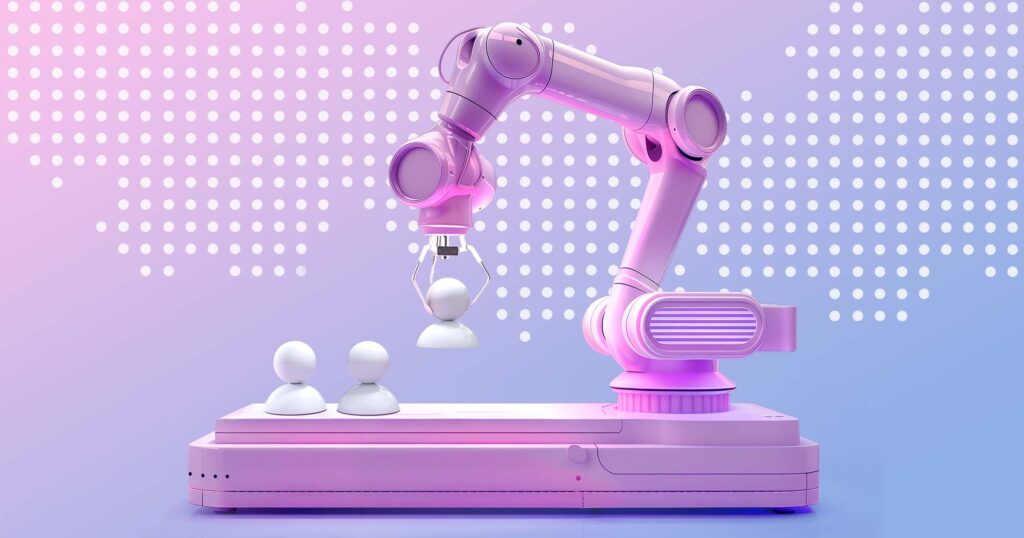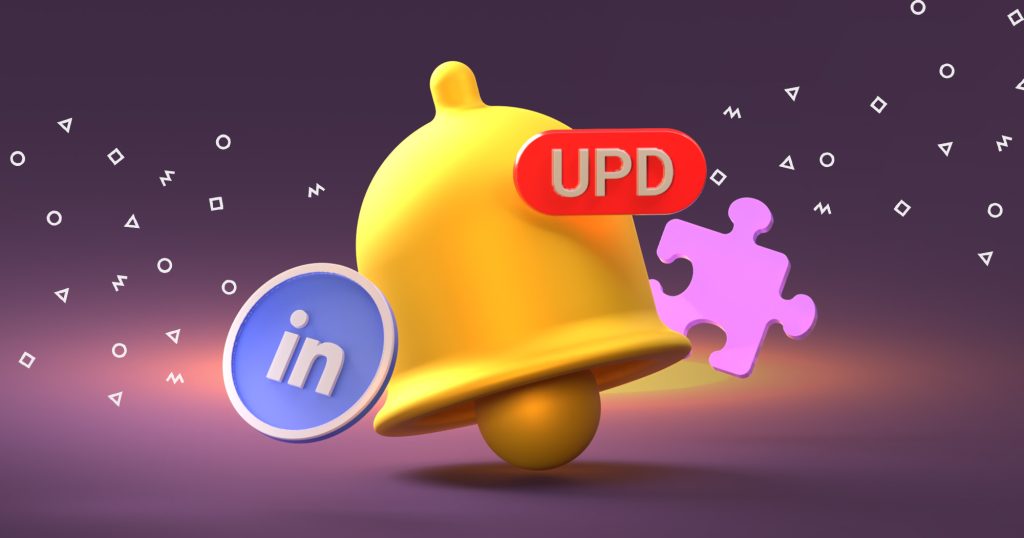You’ve probably heard a lot about AI lately: how it’s changing industries, boosting productivity, even writing emails for you. And it’s true – It’s a practical tool you can use to grow your business.
But how?
That’s why this guide is here: for founders, marketers, sales teams, and anyone looking to build smarter strategies, faster. You’ll learn how to make AI work for you, without needing to become a tech expert.
That’s today’s reality, no doubt.
In this guide, we’ll break things down into simple, practical steps and you’ll see:
- Where to start → choose the best AI for business development without getting overwhelmed.
- How to use them → automate tasks, gain insights, and make better decisions daily.
Ready? Let’s then dive in and first understand why using AI matters.
What is AI, and why does it matter in 2025?
Let’s start simple: AI is a smart system that learns from data and helps you make decisions faster. Think of it like a super-efficient assistant that never sleeps, forgets nothing, and constantly improves the more it works with you.
You’ve already seen AI in action, even if you didn’t know it. When Netflix recommends your next show or your email drafts itself, that’s AI at work. In business, it’s the same idea—but with higher stakes and way more potential.
Why does AI matter right now? Because in 2025, business is moving too fast for guesswork.
Markets shift overnight, customers expect personalized experiences, and competitors are using smarter tools. If you’re still relying on manual research, gut feelings, and spreadsheets, you’re already behind. But catching up doesn’t take superhuman effort.
AI tools today are faster, easier, and cheaper to use than ever. You can plug them into your workflow and start seeing results almost immediately.
So, what’s making AI a must-have this year?
- Automation → AI now handles repetitive tasks like lead scoring, email outreach, and meeting scheduling. That means more time for strategy, less time clicking buttons.
- Personalization → AI helps you speak directly to your audience, at scale. It customizes emails, landing pages, and product offers based on real behavior, not just guesswork.
- Predictive Insights → Instead of reacting to data, you’ll act ahead of it. AI can spot patterns, forecast demand, and even tell you which deals are likely to close.
Let’s say you’re about to launch a new product. AI can identify the customers most likely to buy, help you fine-tune your message to fit their needs, and suggest the best time to reach out.
And the best part?
You can do all of that before you’ve spent a single dollar on ads.
And, businesses are already using these tools in real life. And next, we’ll see how AI actually supports their growth.
How is business development evolving with AI?
Not long ago, business development was all about cold calls, trade shows, and endless follow-ups. You’d manually build lists, chase leads, and hope your timing was right.
Now, things look very different. Let’s compare the old way to the new way.
Traditional vs. AI-driven business development
Traditional business development leaned on personal networks, long sales cycles, and gut instinct. It worked, but it was slow and full of guesswork. Now you’ve got AI tools doing the heavy lifting.
Here’s a quick look at how things have shifted:
| Activity | Traditional way | AI-driven way |
| Lead sourcing | Manual list-building | Automated lead discovery based on fit |
| Outreach | Mass emails or cold calls | Personalized messages at scale |
| Lead scoring | Based on gut feeling | AI scores leads using real behavior data |
| Follow-ups | Manually tracked or forgotten | Automated, timely, and relevant |
| Sales timing | Random or instinct-based | Data-driven and behavior-triggered |
| Message relevance | One-size-fits-all | Tailored to each person’s profile |
| Insights & decisions | After-the-fact reporting | Real-time guidance from AI tools |
What does that actually look like in action?
In customer engagement, AI helps you understand what people want before they tell you. It tracks behavior, preferences, and timing, so you’re always sending the right message at the right moment. That builds trust faster and leads to better conversations.
In sales, AI prioritizes the leads most likely to close. It also suggests the best next step for each one, no matter if that’s a follow-up call, a discount offer, or a product demo. That kind of real-time guidance turns sales reps into closers.
And in partnerships, AI can spot potential collaborators based on shared audiences, values, or goals. It scans far more data than any person could and surfaces the strongest fits, so you spend less time searching and more time building real opportunities.
And, definitely, AI isn’t just for tech startups. It’s driving real growth across industries you might not expect.
In retail, brands are using AI to recommend products based on browsing habits and past purchases. This creates a smoother shopping experience and leads to higher sales and stronger customer loyalty.
B2B companies are using AI to score leads automatically and launch personalized email sequences. Instead of wasting time on cold outreach, sales teams can focus on warm leads who are actually ready to talk.
Healthcare startups are using AI to connect with the right investors and partners. By analyzing funding history and market fit, AI surfaces opportunities that would’ve taken weeks to uncover manually. It’s helping young companies grow faster and more strategically.
Even real estate platforms are getting in on the action. AI helps them forecast demand in specific neighborhoods, so agents know where to focus their efforts before the competition does. It’s not just about listings—it’s about working with foresight.
All of these are solid proofs that AI is becoming the foundation of modern business development, no matter the industry.
So what can help you get started, and which tools should you pay attention to? Let’s take a closer look. But we dive deeper…





